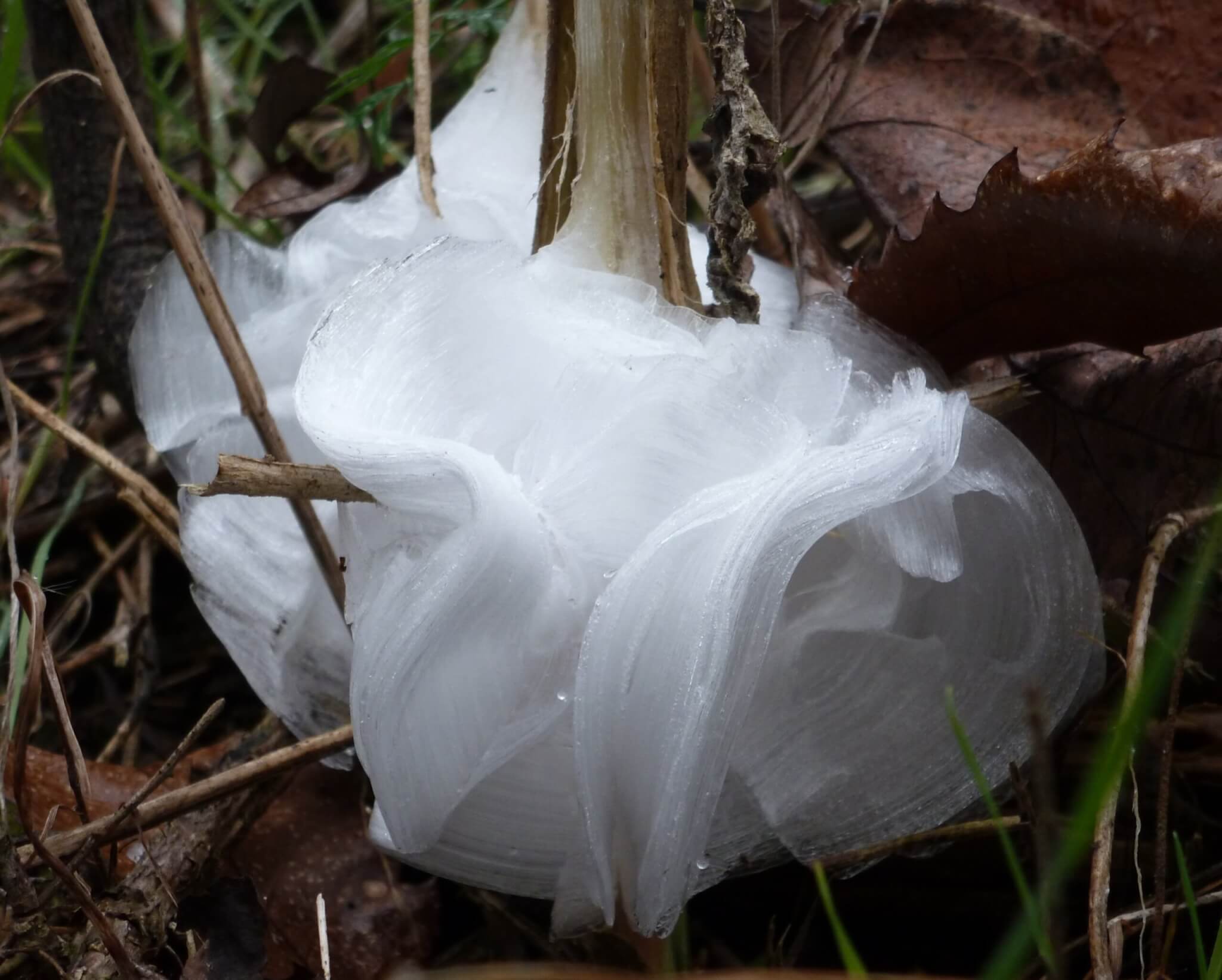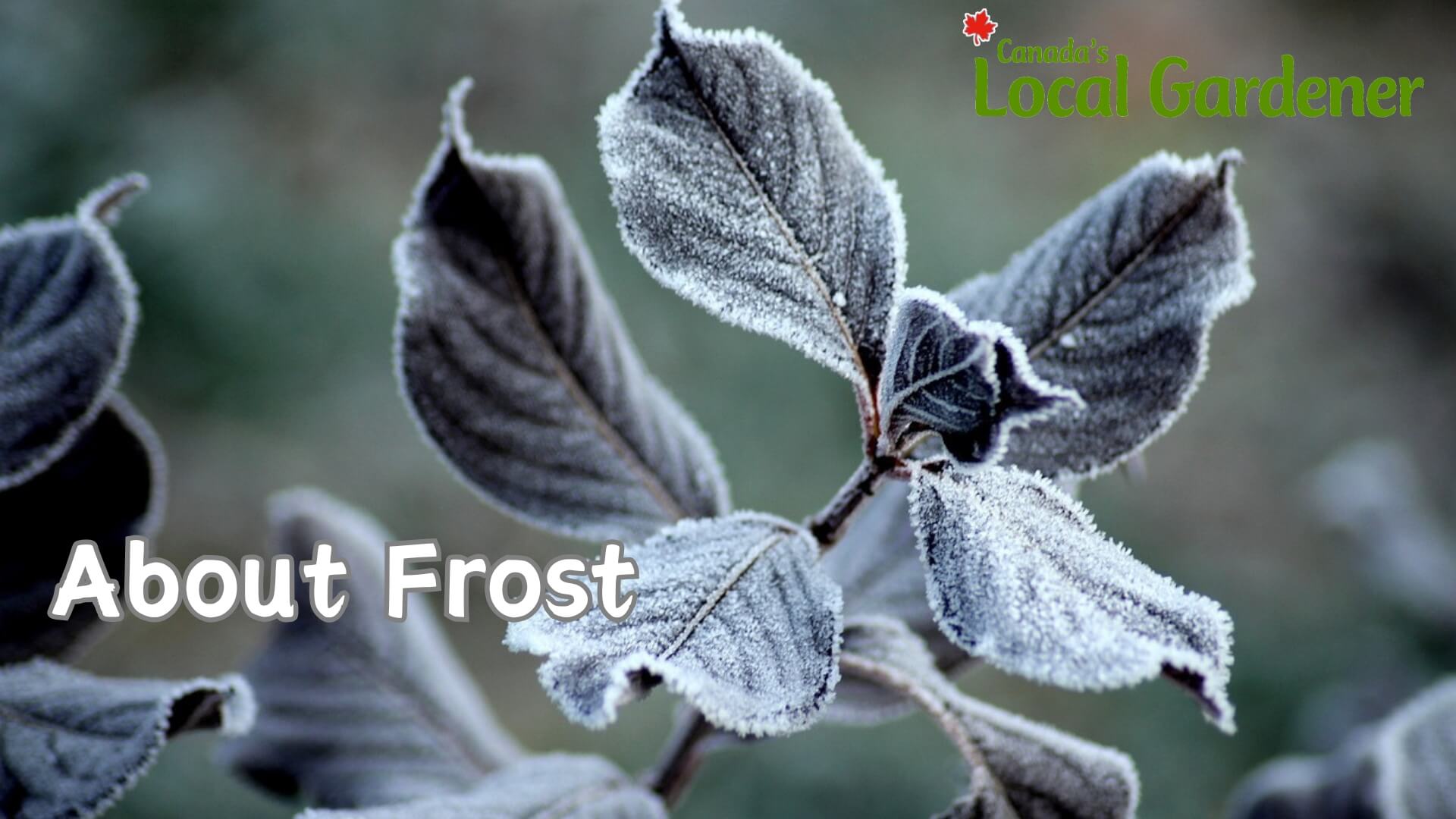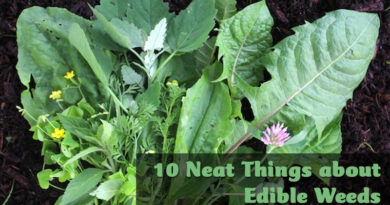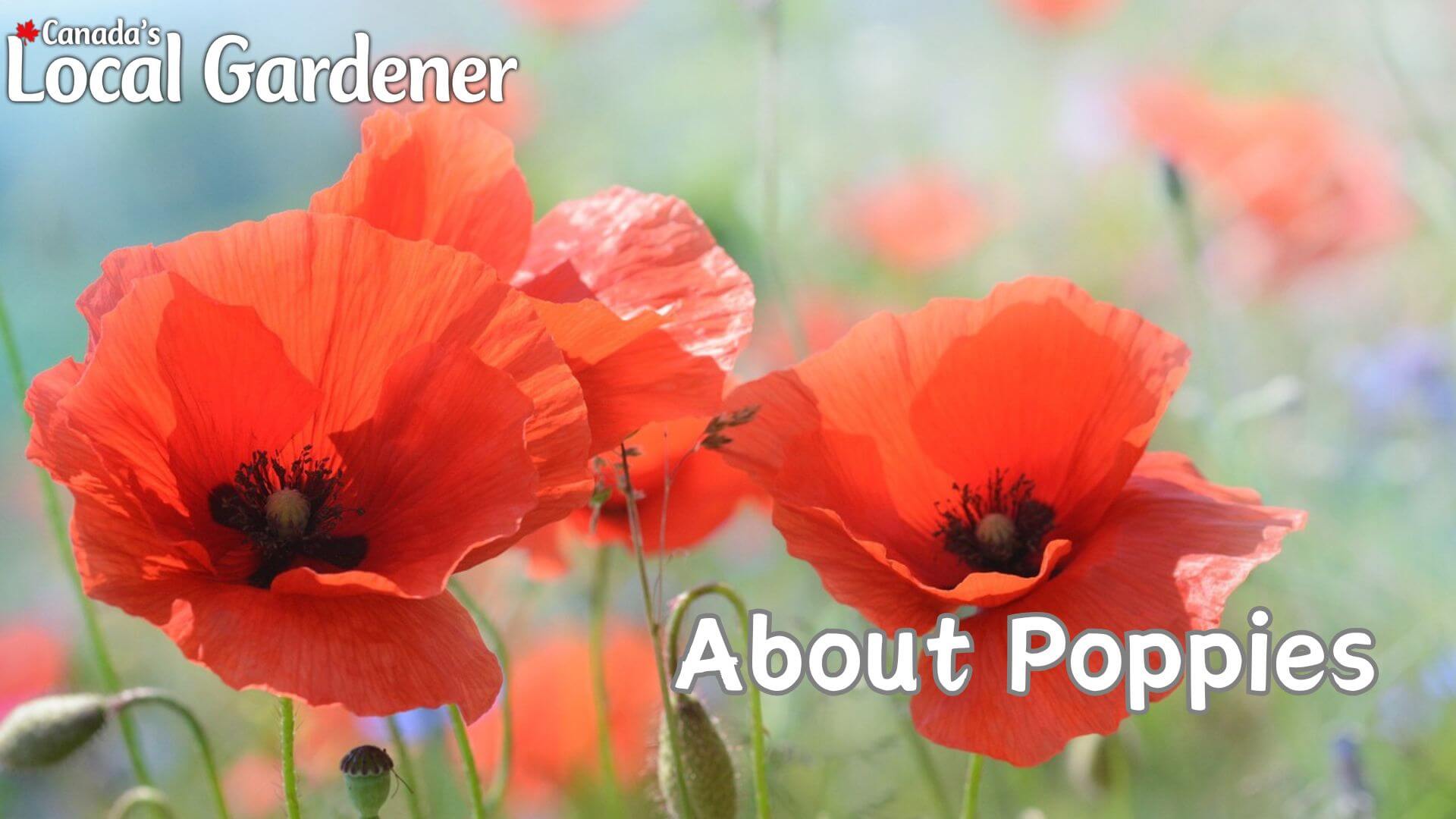10 Neat Things About Frost
At some point in the fall, Canadians are bound to wake up in the morning to a white lawn, glistening under the moon. Frost has arrived. Some of your garden plants might not make it, so hopefully, you picked those tomatoes to ripen indoors before the frost hit. Others, though, might surprise you by hanging on, looking beautiful in the cold. Here are 10 Neat Things about Frost that can help explain its effects and surprises in the garden.
1. Ice crystals and frost damage.
Frost happens when water vapor in the air turns directly into ice without becoming liquid first. This process, called deposition, coats plant surfaces in tiny ice crystals. On many plants, these ice crystals can rupture cell walls, leading to damage. However, frost-hardy plants can withstand this process. How do they do it? That brings us to the next two fascinating points!
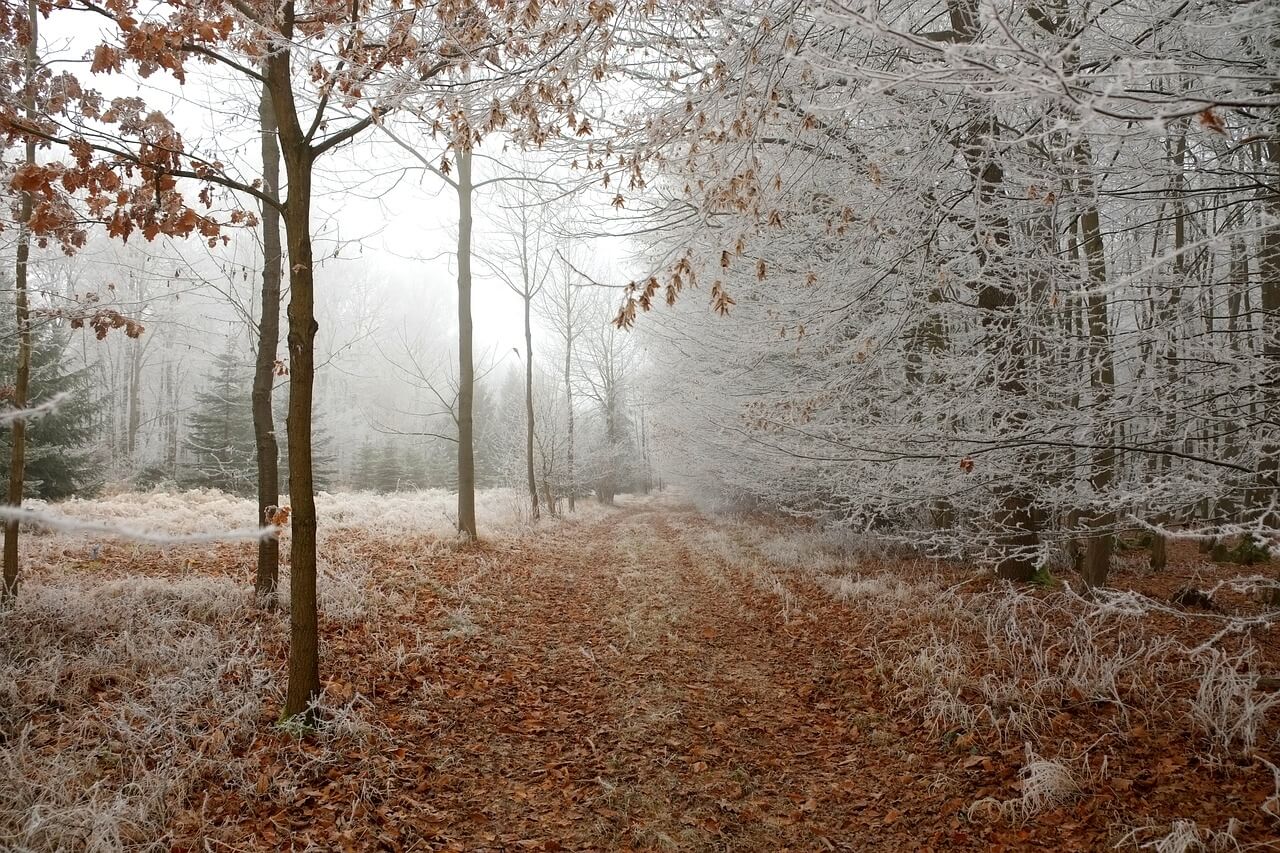
2. A frosty defense.
Some plants have their own built-in frost protection in the form of antifreeze proteins. These special proteins stop ice crystals from growing too large, allowing the plant to control the formation of ice in its tissues. As a result, they can survive freezing temperatures without suffering damage. Animals like fish, insects, and even reptiles in cold environments also produce antifreeze proteins.
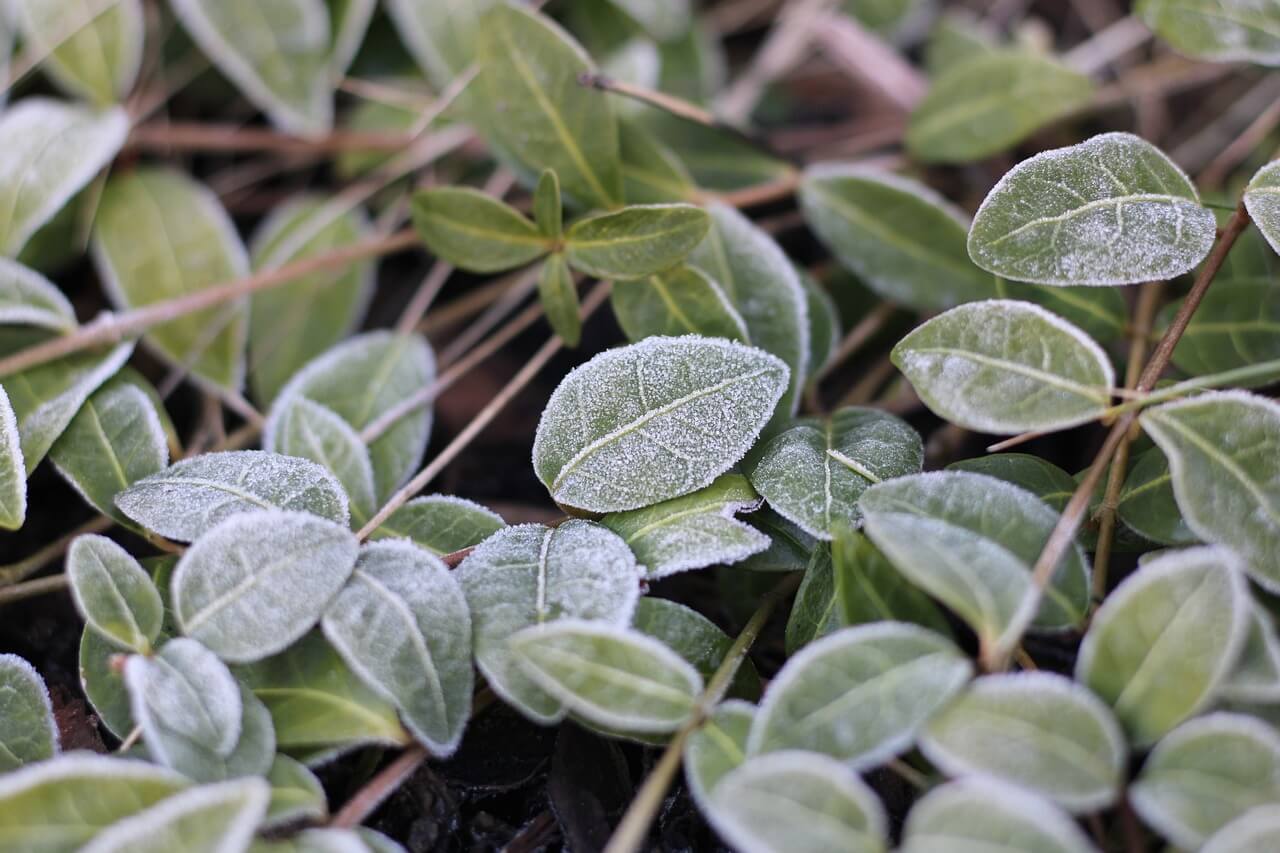
3. Supercooling.
Certain plants use an amazing survival mechanism called supercooling. This is when the water inside the plant stays liquid even when temperatures drop below 0 Celsius. Supercooling is a delicate balancing act. The plants keep ice from forming by controlling dehydration, insulating themselves, and preventing particles like dust or bacteria (which can trigger ice formation) from getting in their tissues. Supercooling is how some plants endure frosty nights without freezing solid.
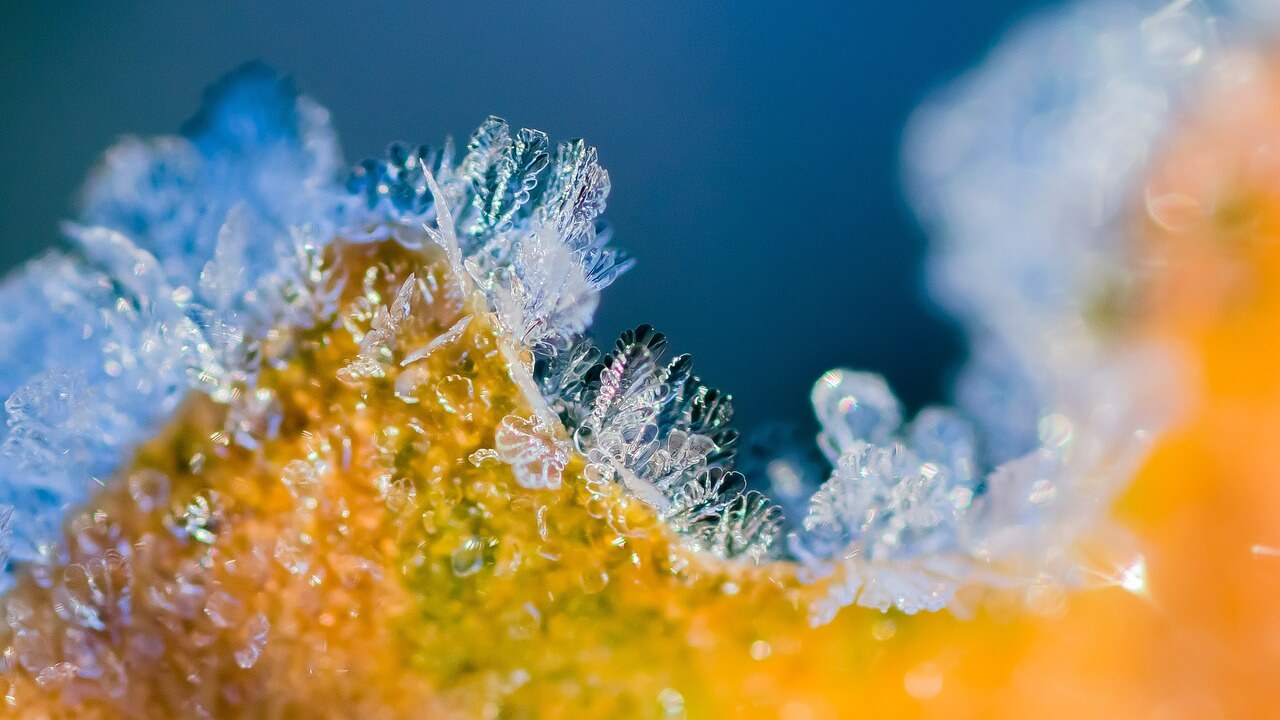
4. Freeze damage symptoms.
After a frost, you might notice your plants looking worse for wear. Frost-damaged leaves often blacken, turn limp, or seem water-soaked. These are all signs that ice crystals have formed inside the plant’s tissues, leading to cell damage. If you see this, it’s usually too late for those plants, but it helps to recognize the signs so you can plan better next season.
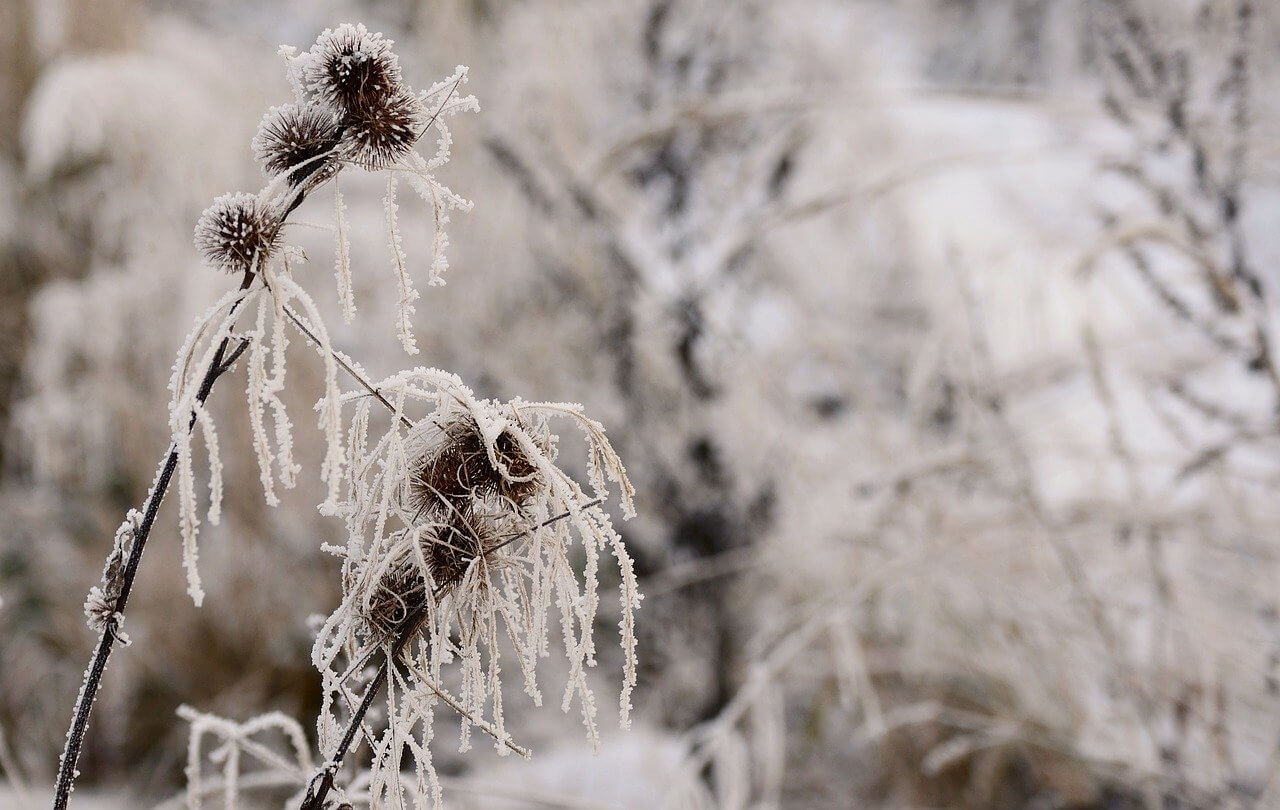
5. Hoarfrost: nature’s art.
Ever notice those intricate, sparkling frost patterns on plants or trees during cold, calm nights? That’s hoarfrost. While it looks like a delicate winter wonderland, hoarfrost doesn’t necessarily harm your plants because it forms on the outside. It’s more of a visual treat, creating a frosty spectacle in the garden that can be just as beautiful as it is fleeting.
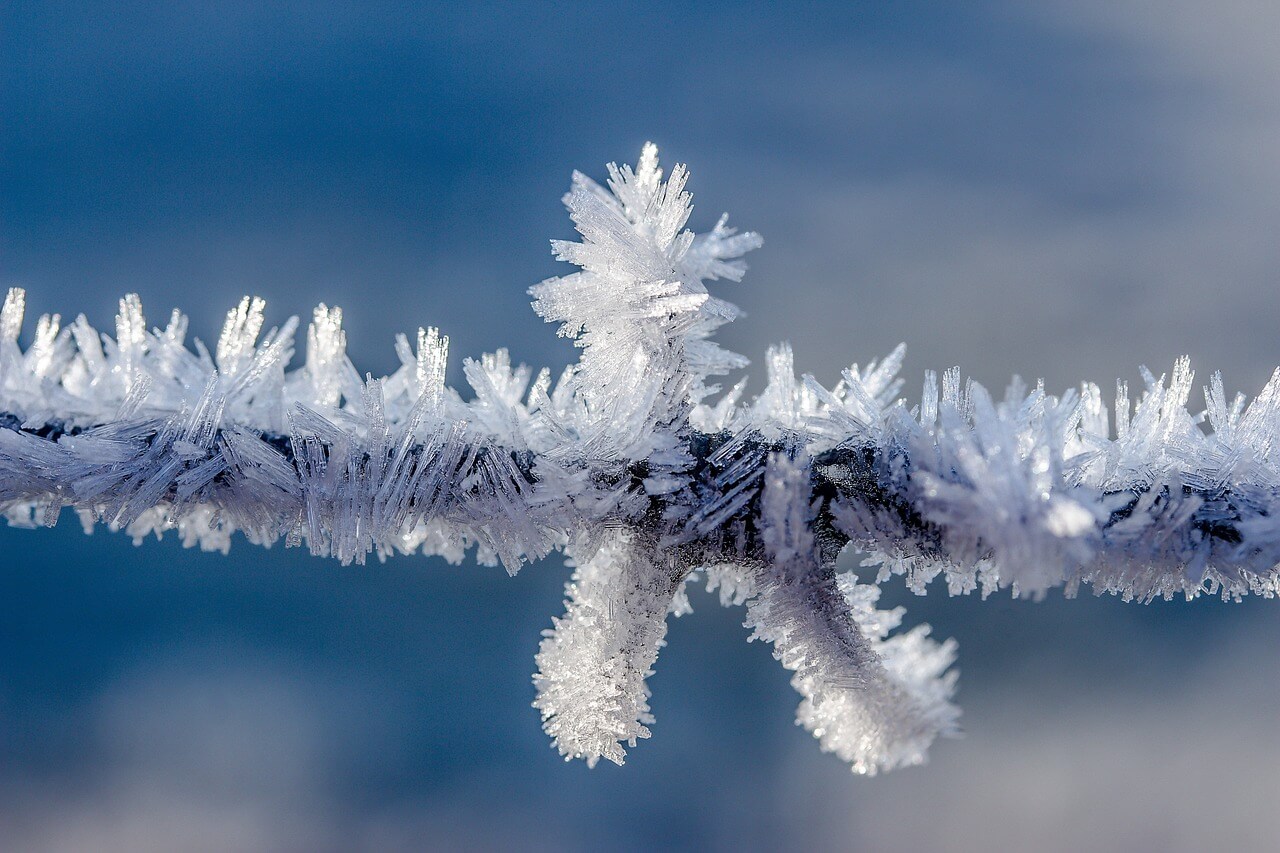
6. Frost pockets.
Cold air is denser than warm air, so it tends to sink into lower areas, creating frost pockets. If your garden sits in one of these low-lying spots, your plants may experience more frost damage compared to those on a slope. To help buffer against this, try adding large rocks around your garden. These rocks can absorb heat during the day and radiate it at night, acting as a natural heat sink to protect nearby plants.
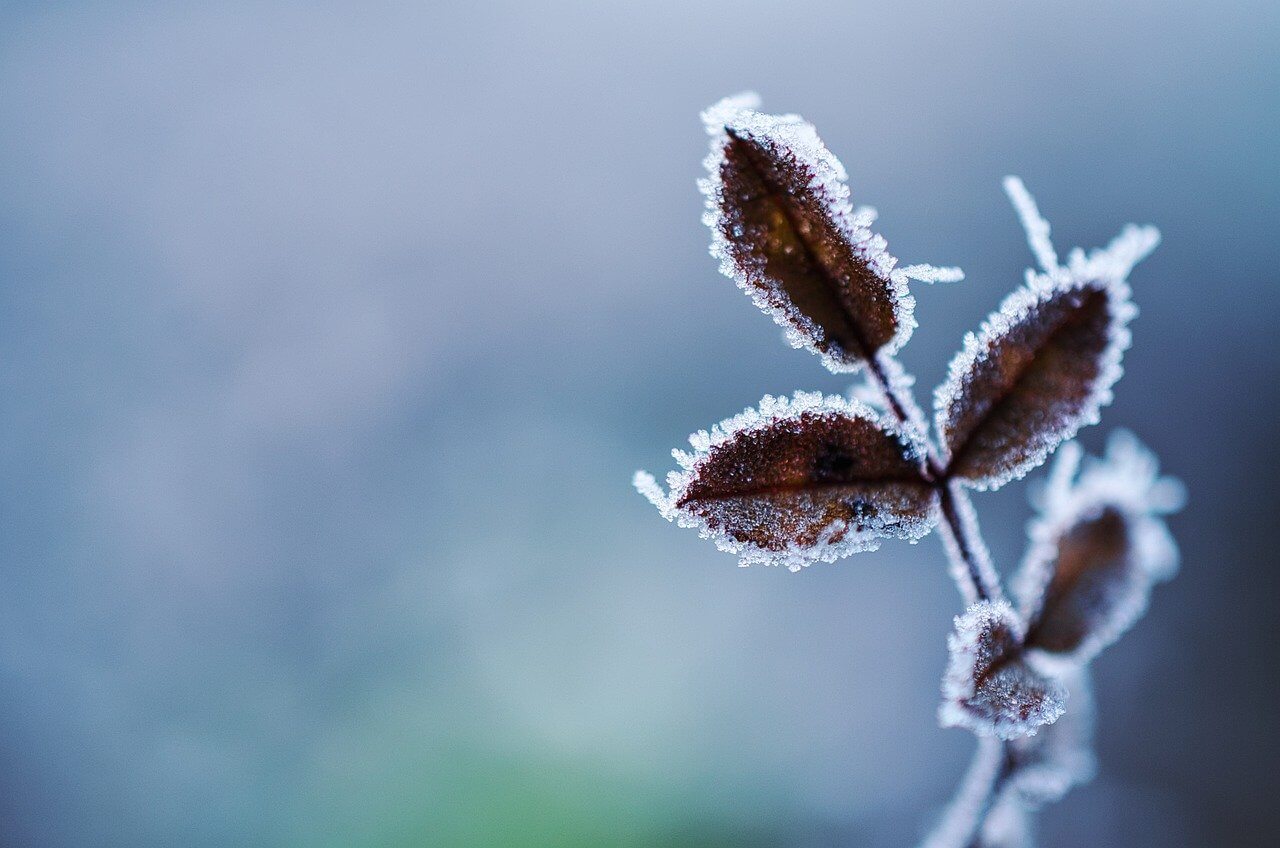
7. Frost heaving hazard for roots.
In slightly warmer regions of Canada, frost heaving can be a serious problem for garden plants. This happens when the soil repeatedly freezes and thaws, which can push plant roots toward the surface. If the roots become exposed, they’re more vulnerable to freezing damage. A good layer of mulch can help. While mulch won’t stop the ground from freezing, it can regulate soil temperature by preventing rapid freeze-thaw cycles, protecting your plants’ roots.
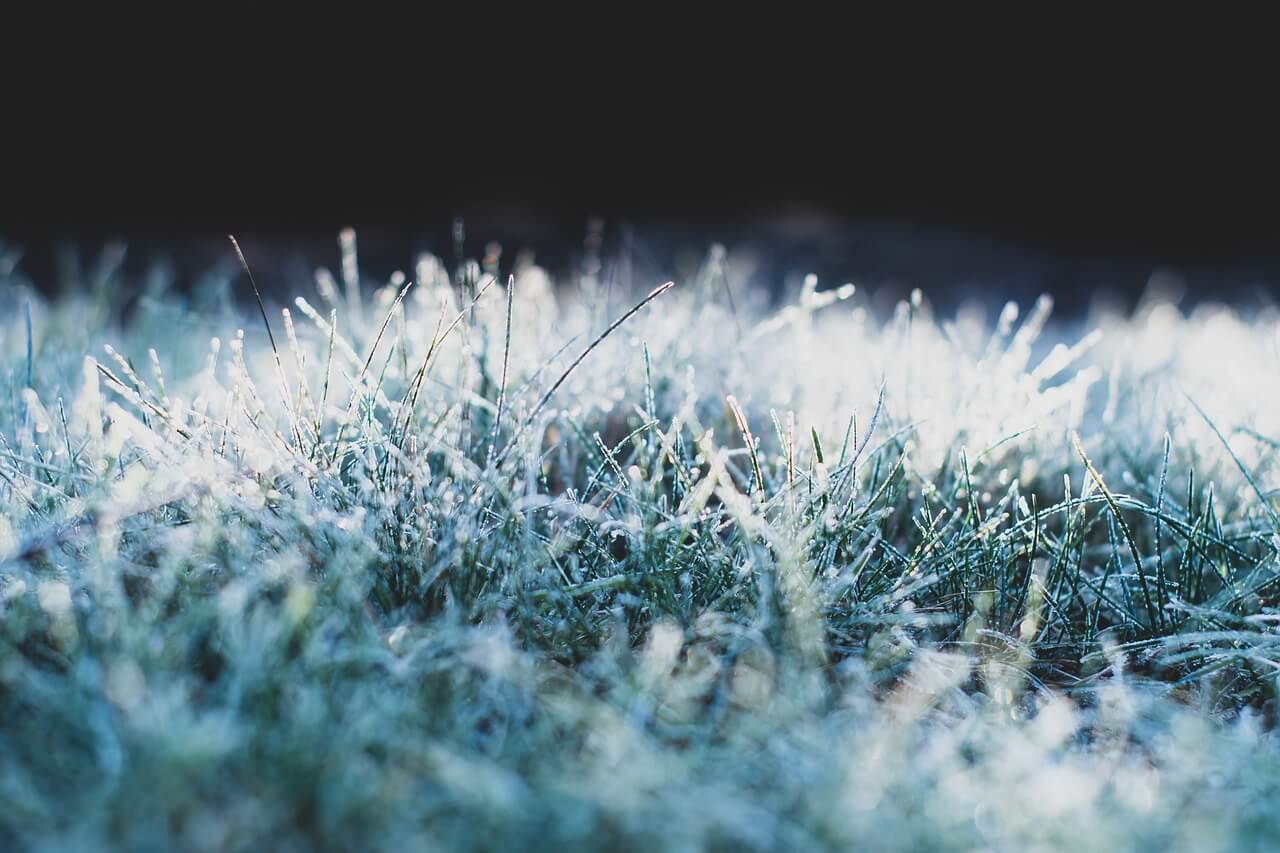
8. Frost as a seed trigger.
Believe it or not, frost isn’t all bad. Some seeds, especially those of native prairie plants, need a good freeze to break their dormancy and get them ready for spring. This process is called cold stratification. So, while frost might end the growing season for many plants, it’s setting the stage for the next one by helping certain seeds prepare to sprout.

9. Microclimates in urban areas.
If you live in an urban area, you might notice that frost comes a little later compared to the countryside. This is due to something called the urban heat island effect. Buildings, roads, and sidewalks all absorb and retain heat during the day, which means temperatures tend to stay a bit warmer in cities at night. The temperature differential is around 1 to 3 Celsius. It’s not a lot, but every degree counts!
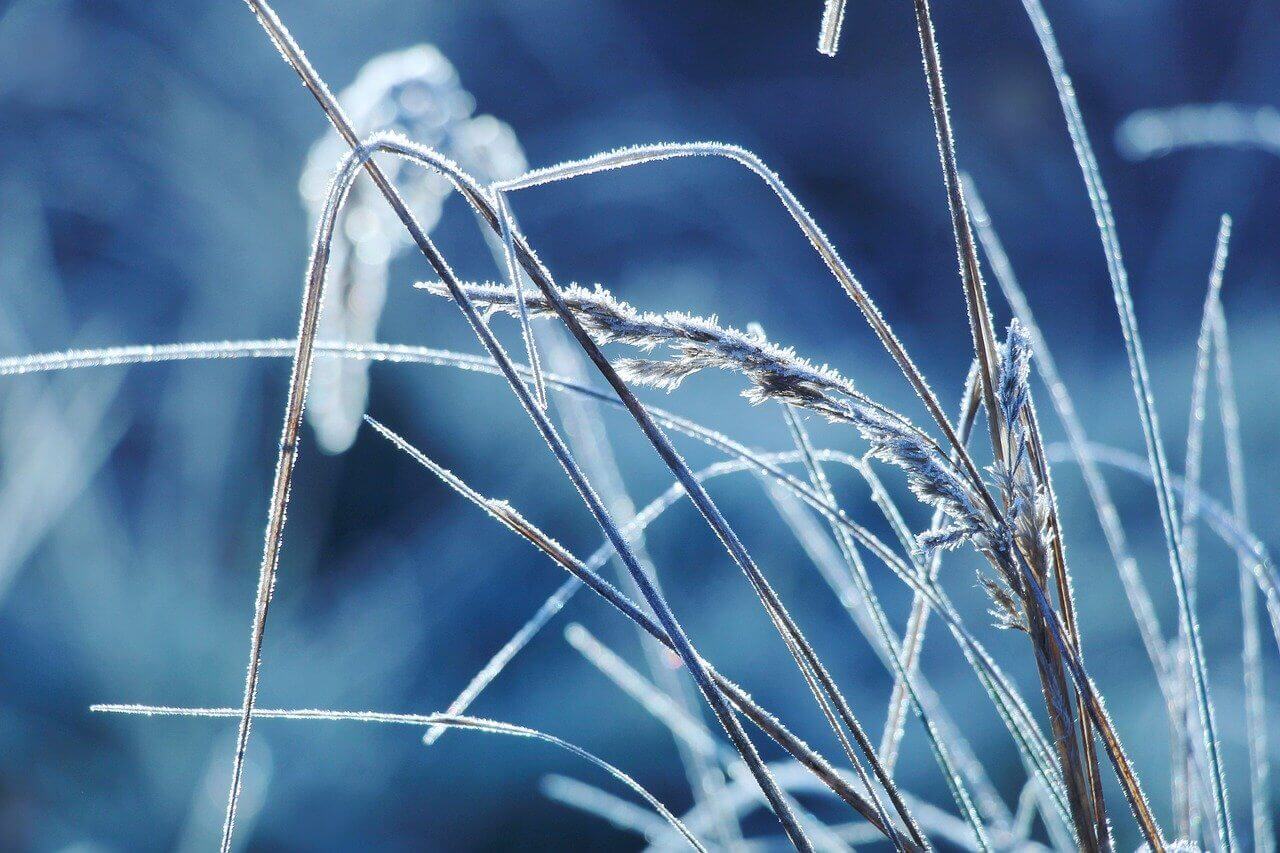
10. Rare and stunning frost flowers.
A truly magical form of frost is the frost flower. These delicate ice formations form when moisture from a plant’s stem or roots is exuded and freezes upon contact with the cold air, creating intricate, petal-like ice structures. Though rare, frost flowers are a striking example of nature’s creativity. I have yet to see them myself, but it’s on my bucket list!
